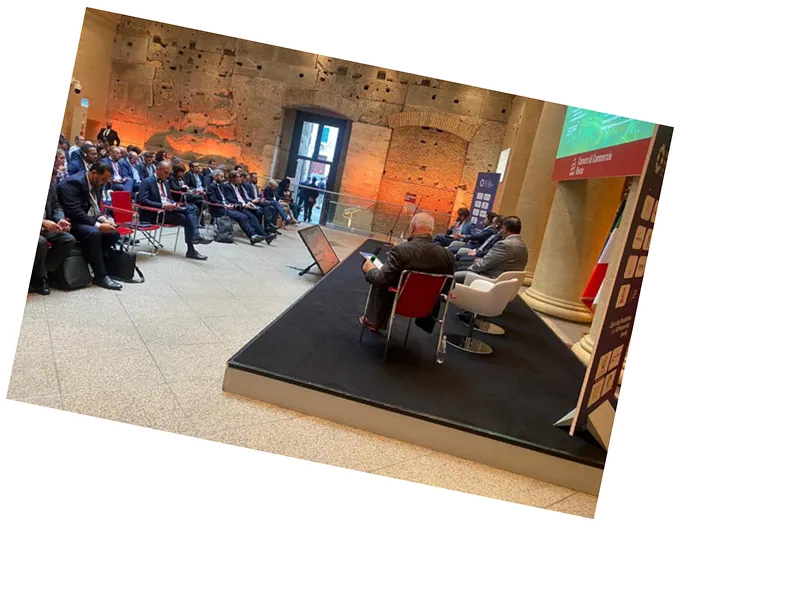Libya and Italy Prepare for Energy Summit Amid Challenges
As Libya gears up for the third edition of the Libya Energy and Economy Summit scheduled for January 18-19 in Rome, the focus is on harnessing the country's vast energy resources while navigating the complex political and economic landscape. The summit is expected to attract various stakeholders, including the Italian multinational Saipem, which has expressed its readiness to undertake significant projects in Libya.
During a recent roundtable in Rome, Saipem’s CEO for East North Africa and Cyprus, Djerviou Elia, revealed the company's preliminary qualification for the engineering, procurement, construction, and installation of the “E” production platform. This platform is part of an ambitious $8 billion project aimed at enhancing Libya's gas production capacity to meet both domestic and European energy demands. The goal is to achieve a production level of 750 million cubic feet of gas per day by 2026, primarily through the efforts of Mellitah Oil & Gas, a joint venture between Eni and the Libyan National Oil Company.
Despite these promising developments, Libya faces significant economic and political challenges that hinder its oil and gas production potential. Researcher Mustafa Al-Zaitrawi emphasizes Libya's geographical advantages and abundant resources, positioning the country as a vital partner for Europe, particularly Italy, which is keen on securing stable energy sources. Al-Zaitrawi advocates for Italy's role as a mediator in strengthening the Libyan energy sector, suggesting that enhanced production could lead to greater economic stability and job creation.
Overcoming Challenges to Unlock Libya's Energy Potential
Martina Opizzi, President of the North Africa and Levant region at Eni, reaffirmed Italy’s commitment to supporting Libya's energy needs while reducing carbon emissions. However, the path forward is fraught with obstacles, including the need for modernization of aging oil fields and infrastructure. The roundtable discussions highlighted the urgent need for international partnerships to implement advanced technologies that can improve production efficiency.
The financial landscape in Libya is also precarious, with Chairman Ahmed Al-Daraat of the Libyan Foreign Bank warning of a severe financial crisis that has led to skyrocketing consumer prices and diminished currency value. The instability within the Central Bank of Libya has further complicated economic activities, with traders struggling to operate effectively. Al-Daraat stressed that without immediate intervention, the country risks economic collapse.
Political instability remains a significant threat to Libya's energy sector, as seen in the recent crisis at the Central Bank, which temporarily halted oil production and drastically reduced exports. Libya's current production capacity stands at 1.2 million barrels per day, with potential to expand to 3 million barrels, indicating substantial opportunities for investment.
In conclusion, Libya's energy sector is at a crossroads, with the upcoming summit offering a platform for dialogue and collaboration. However, addressing the underlying political and economic issues is crucial for unlocking the country's full energy potential and ensuring a sustainable future for its partnership with Italy and other international stakeholders.





